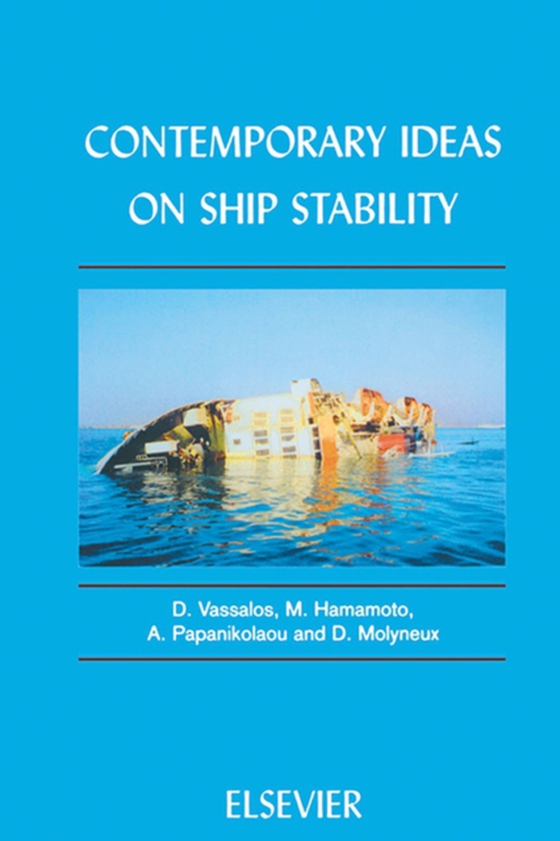
Contemporary Ideas on Ship Stability e-bog
2190,77 DKK
(inkl. moms 2738,46 DKK)
Widely publicised disasters serve as a reminder to the maritime profession of the eminent need for enhancing safety cost-effectively and as a strong indicator of the existing gaps in the stability safety of ships and ocean vehicles. The problem of ship stability is so complex that practically meaningful solutions are feasible only through close international collaboration and concerted efforts...
E-bog
2190,77 DKK
Forlag
Elsevier Science
Udgivet
14 december 2000
Længde
608 sider
Genrer
Construction and heavy industry
Sprog
English
Format
epub
Beskyttelse
LCP
ISBN
9780080547015
Widely publicised disasters serve as a reminder to the maritime profession of the eminent need for enhancing safety cost-effectively and as a strong indicator of the existing gaps in the stability safety of ships and ocean vehicles. The problem of ship stability is so complex that practically meaningful solutions are feasible only through close international collaboration and concerted efforts by the maritime community, deriving from sound scientific approaches. Responding to this and building on an established track record of co-operative research between UK and Japan, a Collaborative Research Project (CRP) was launched in 1995.This volume includes selected material from the first four workshops: 1st in University of Strathclyde, July 1995 organized by Professor Vassalos; 2nd in Osaka Japan, Osaka University, November 1996 organized by Professor Masami Hamamoto; 3rd in Crete Greece, Ship Design Laboratory of the National Technical University of Athens (NTUA-SDL), October 1997 organized by Professor Apostolos Papanikolaou; and 4th in Newfoundland Canada, Institute for Marine Dynamics, September 1998 organized by David Molyneux. It contains 46 papers that represent all currently available expertise on ship stability, spanning 17 countries from around the world. The framework adopted for grouping the papers aims to cover broad areas of ship stability in a way that it provides a template for future volumes.
 Dansk
Dansk

